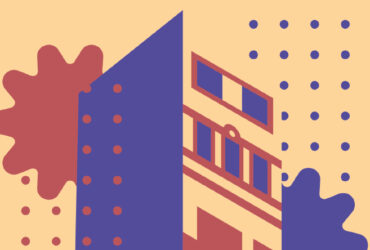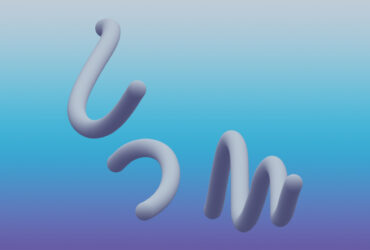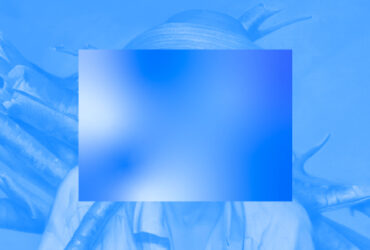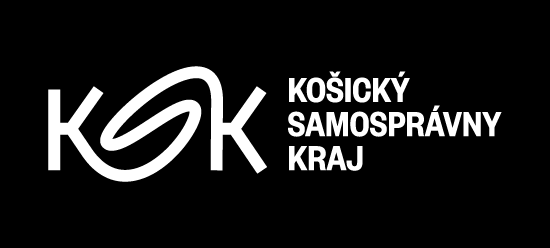
Hlavná 27,
Alžbetina 22, Košice
tuesday — friday
10:00 — 18:00
saturday — sunday
13:00 — 18:00
tel: +421 55 68 175 11
From the life of the gallery:
Current exhibitions:
- A selection from the ArtHáz Gallery collection
- Zuzana Zmateková: In-between
- AZZURRO
- Saved by Touch / Interactive-educational exhibition
Upcoming exhibitions:

A selection from the ArtHáz Gallery collection
Opening: 9. 7. 2024, 18.00
Curator: Miroslav Kleban
Exhibition duration: 10. 7. 2024 – 1. 9. 2024
Exhibition space Q, Hlavná 27, KošiceThe exhibition project presents a...
more...
Zuzana Zmateková: In-between
Opening: 11 July 2024, 18.00
Exhibition duration: 12th July 2024 – 18th August 2024
Extinction of the Planet, Hlavná 27, Košice
The digital and physical worlds have...
more...
Next events
There are no upcoming events.




